Estimated reading time 9 minutes, 20 seconds.
On a bulletin board next to the conference room at Hope Aero’s maintenance and overhaul facility in Mississauga, Ont., is a list of six principles known as the Hope Aero Way. They’re short and simple statements, bits of wisdom that make good business sense and articulations of ideas founder Harry Hope always had but never wrote down.
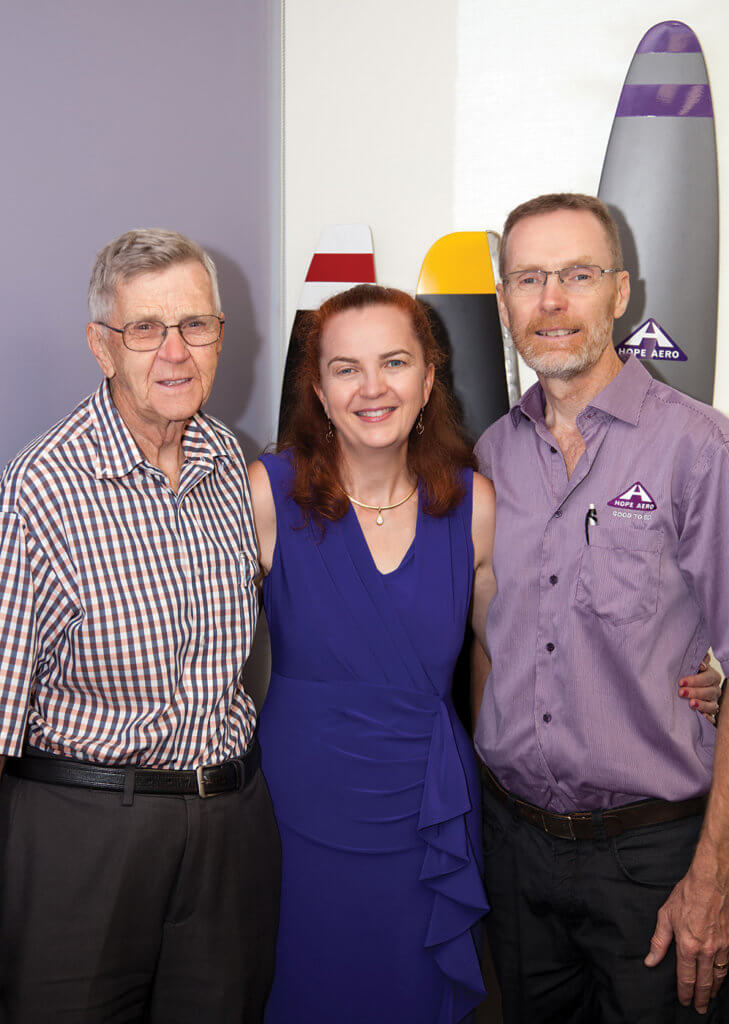
The first principle is: jobs get done properly the first time. The second is: Hope Aero treats a customer’s aircraft like its own.
The third principle: Hope Aero employees know the business and understand their customers. The fourth: “We tell it like it is,” when it comes to time, cost and whether the company can handle the job.
The fifth has to do with efficiency: Hope Aero organizes its facility into specialized units that turn work around faster. The sixth: “We constantly reinvest in better ways of doing things.”
Those ideas are bred in the bone of Hope Aero, a leading aircraft component maintenance specialist focused on propeller overhaul, wheel and brake maintenance, dynamic balancing and non-destructive testing. They reflect the company’s values, define its approach and guide how it works together as a team and with its clients.
They may also help explain why the company has gathered a list of 200 regular customers that includes some of the biggest names in Canada’s aviation community: Air Canada, Air Georgian, Cargojet Airways, First Air, Air Labrador and Air Inuit, along with government agencies like Transport Canada, the Royal Canadian Mounted Police and Canada’s Department of Defence.
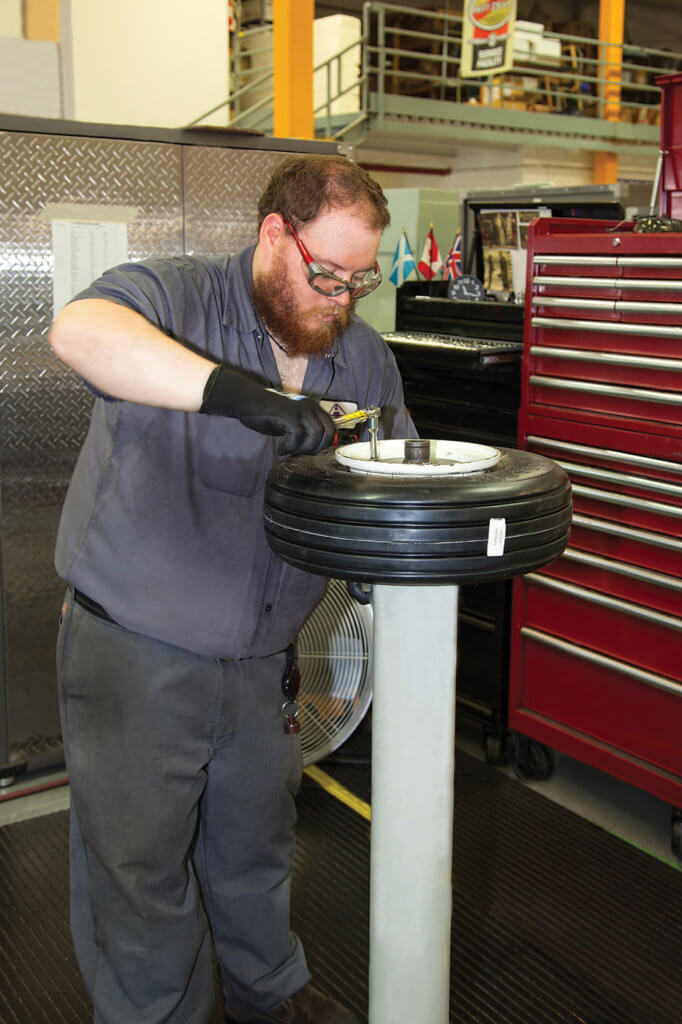
But there’s more to it than that, according to Terry Hope, 58, a son of Harry’s and the company CEO. That’s only a starting point. Success also comes from Hope Aero’s practice of consulting with its employees, as was the case in a recent series of strategy sessions with all of its supervisors.
“[We went] through and hammered down through what everyone feels–where the company should go, how the company’s doing. And that’s where we came up with ‘world-class.'”
Being a world-class, preferred supplier of products and services is central to Hope Aero’s plan for future growth, something its broad, globally-recognized clientele already expects. But the company knows achieving and maintaining world-class status rests on its 90-person workforce, many members of which have been employed at Hope Aero for decades.
“Our people is our strength,” said Terry, who joined the family business full-time 39 years ago. “We realize that each and every day they know how to do their jobs, they do them well and they care.”
A history of success
Hope Aero has its roots in Harry Hope’s career at Western Propeller in Edmonton, Alta., where he began working as an apprentice in 1951 straightening propellers. Born in the small Saskatchewan town of Lashburn, he obtained his pilot’s licence in British Columbia and wanted to get a job flying. That dream never materialized, but fixing propellers was a way to stay involved in aviation.
Harry received his letter of authority to certify aircraft propellers as airworthy in September 1956; two years later, he opened a branch of Western Propeller in Winnipeg. In 1964 he bought a 50 per cent stake in Western Propeller (Winnipeg) Ltd. and moved east in 1969, where he opened an overhaul shop in Malton, Ont., about two kilometres from the company’s current facility near Toronto Pearson International Airport.

In 1982, the company added wheel and brake maintenance to its offerings, and in 2000 it started selling Chadwick-Helmuth (now Zing Honeywell) dynamic balancing equipment.
The Hope family became sole owners of the company in 1993 and changed the company name to Hope Aero Propeller and Components Inc. Harry witnessed exponential growth before he retired in 2001, seeing business double and re-double many times. The company had 250 work orders in its first year but had nearly 3,000 in 1997. Now, the company averages more than 12,000 work orders per year.
“Two main things,” said Harry when asked what explains that growth. “Look after our customers with quality work, and you can’t do that without great employees. Employees are what makes us tick.”
One employee’s story
Bruce Kentner started working for what is now known as Hope Aero in 1981, when he was 17 years old. He began as a parts cleaner and floor sweeper and eventually became facilities manager with a reputation for being able to fix anything that’s broken.
“I just enjoyed it,” said Kentner, 52. “Enjoyed the variety of things to do, and it’s more or less what I wanted to do … it was mechanical–work with my hands.”
He’s stayed so long in part because he has been treated well and paid well, he said.
“I guess you feel like family,” he added. “You feel like part of the organization. You feel like what you do matters … If you need something, they’re willing to listen to what you need. If you have an opinion, they listen to it. You’re just treated fairly.”
Many of Hope Aero’s employees are actual relatives of Harry and Terry Hope, including chief financial officer Cathy Dunn–Terry’s sister. But the company strives to treat all its workers as family.
“We try to treat our customers right and to treat our employees right,” said Dunn.
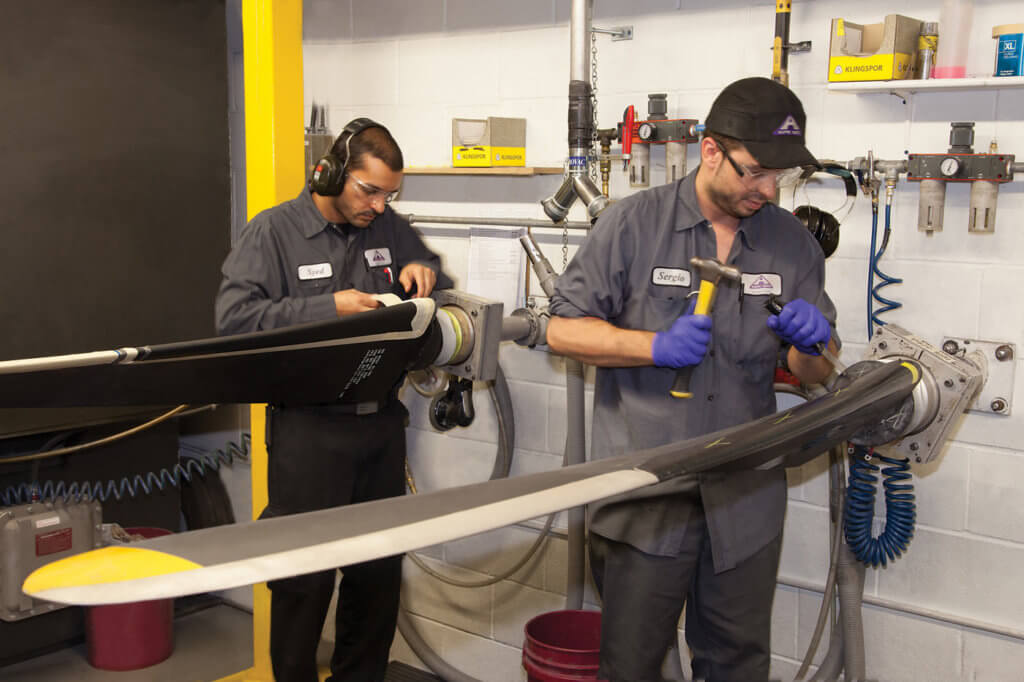
Kentner hopes to spend the rest of his career at Hope Aero, he said. At this point could he imagine working somewhere else? “No,” he said, growing serious in an interview interspersed with jokes. “I couldn’t.”
Hive of activity
When Skies visited Hope Aero, the shop floor at the Mississauga facility was buzzing with activity. Dozens of workers worked calmly but quickly on a variety of tasks, as Terry Hope stood on a balcony nearby, answering questions above ambient thumps and clanging metal.
“This is busy,” he said. “We are very busy.”
Tires wear out quicker on hot runways, so summer is busier than winter at Hope Aero. After about 10C, the wheel-related work volume increases.
Hope Aero completes work on about 10,000 wheels and brakes in a given year, including all of Air Canada’s wheels and brakes, Terry said. The company also works on about 1,200 propellers in a given year–work that’s much more intensive. Wheels and brakes are done on a production line, while propellers are done one at a time.
“You look at the task analysis of a [wheel] component, it’s 30 tasks,” said Terry. “When you look at the task analysis of a propeller, it’s 170 tasks.”
This is a glimpse of the company’s current capacity, but bigger things may be in store. Hope Aero aims to begin production in May 2017 as part of a Western Canada Centre of Excellence for aircraft maintenance activities in Manitoba.
Air Canada announced via press release on July 21, 2016, that it had signed agreements with three of its business partners that would help support the creation of the centre of excellence. Along with Hope Aero, the partners included Airbase Services Inc., an Air Canada supplier that specializes in aircraft interior equipment repair and maintenance; and Cargojet Airways, an Air Canada cargo partner that will establish its own repair and maintenance activities, according to the press release.
“The intent is wheels and brakes–to service the Western Canada wheel and brake market,” said Terry, referring to Hope Aero’s plans for the facility. “It diversifies our offering, in that we’ll have two centres to be able to get maintenance done, and can lean on each other as required.”
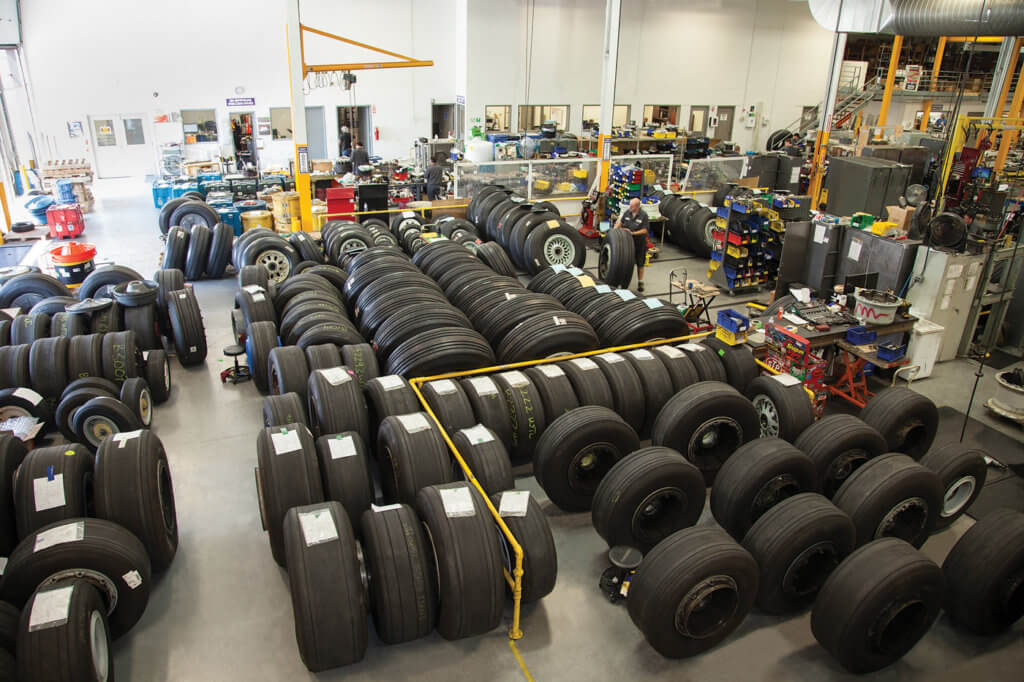
Hope Aero plans to hire an initial staff of four in Manitoba, with the goal of eventually employing 20 people in the province.
“It certainly won’t be instantaneous, but it might be a few years down the road to get that sort of number,” said Dunn.
Meanwhile, Dowty Propellers has announced a sub-contract agreement with Hope Aero to provide repair services for Dowty’s Canadian customers who operate Bombardier Dash 8 Q400 airplanes.
“We’re very excited that we’re being set up to do that,” said Dunn.
Along with that growth, Hope Aero continues to support humanitarian and charity work. Its employees are raising money to create a deep well in Africa, and the company is a proponent of the Canadian Warplane Heritage Museum in Hamilton, Ont.
“We have a special place for all the men and women in uniform–a special place in our hearts,” said Terry. “Warplane Heritage keeps that message alive, so we never forget.”
What lies ahead
Hope Aero is moving forward with an eye on its past, pledging never to lose focus on the family principles that built the company. In other words, the Hope Aero Way has a place in the company’s future as well as its impressive history.
“It’s off to the next generation,” said Terry when asked for his vision for the future of the company. “I was walking around here this spring and just realizing that the future is very bright, and these people are coming along.
“I’ve got a couple of the staff where they’re saying they’d like their children to work here when they come of age, and it’s really good to see.
“So it’s to pass on Hope Aero to the next generation, whoever that might be.”
Ben Forrest is assistant editor of Skies magazine. Before joining Skies in 2015, he spent the better part of 10 years in the newspaper industry, where he worked as an editor, sports editor and general assignment reporter.
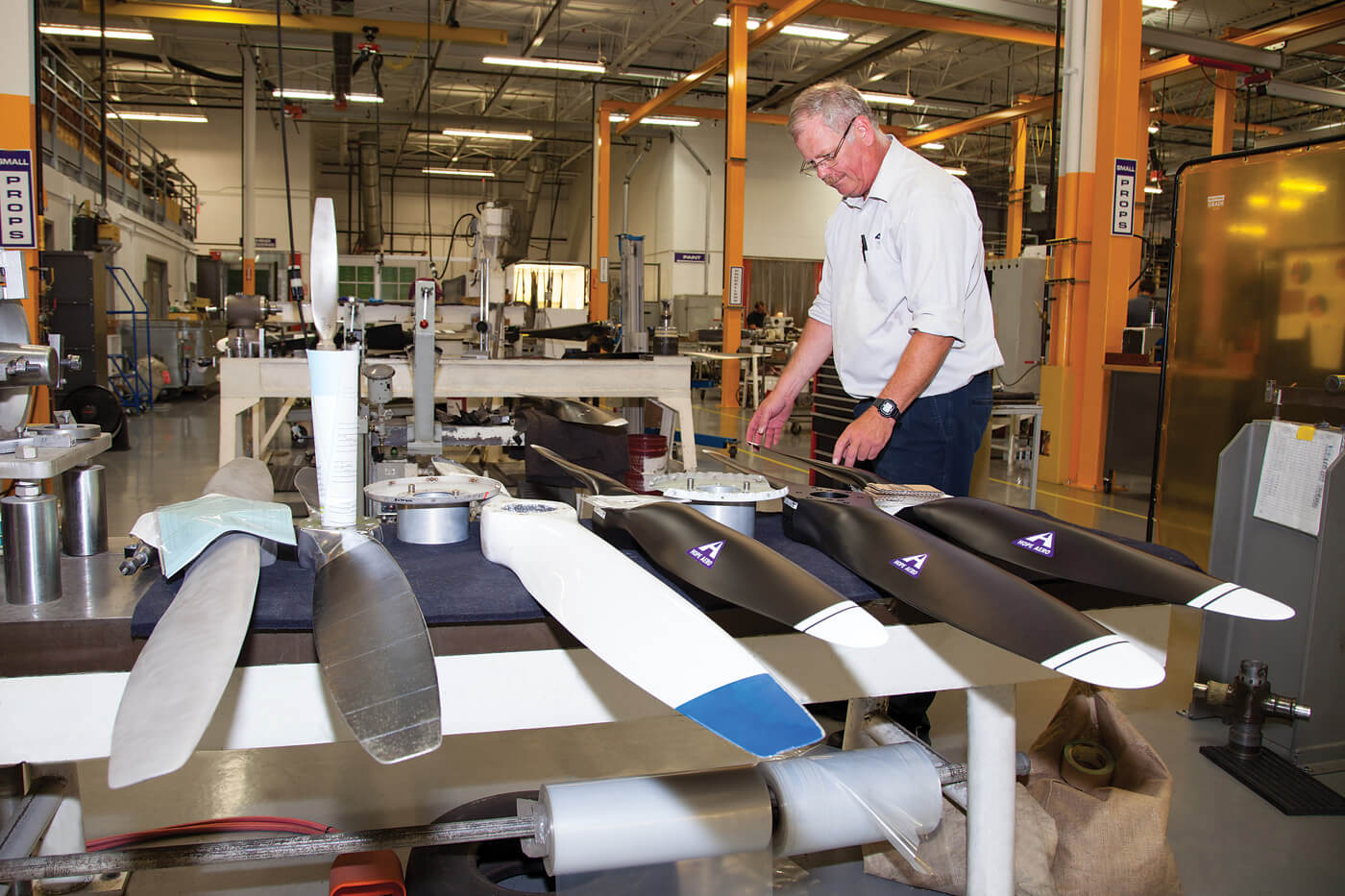

Thanks guys, looks great
Thank you, Terry. We appreciated the chance to tell your story.